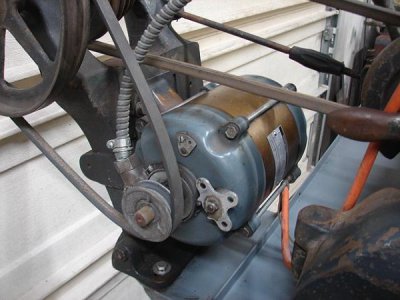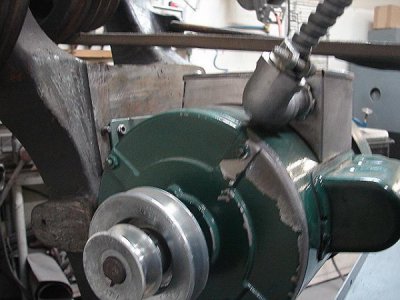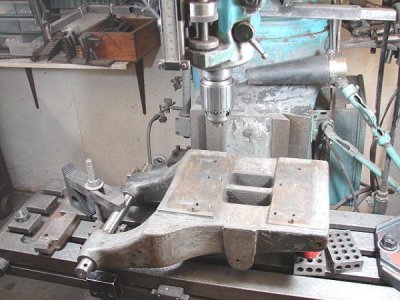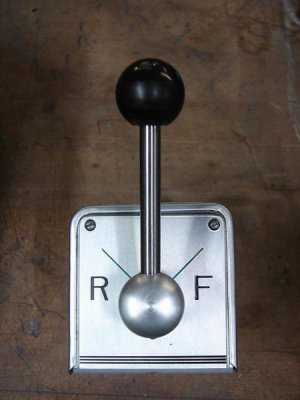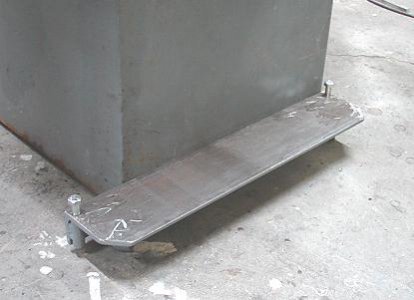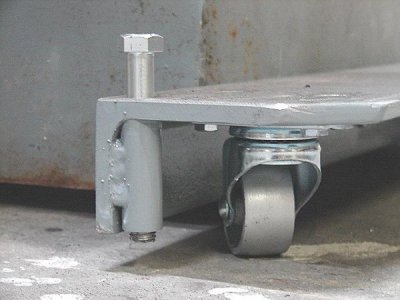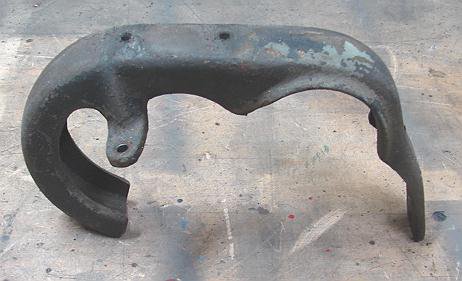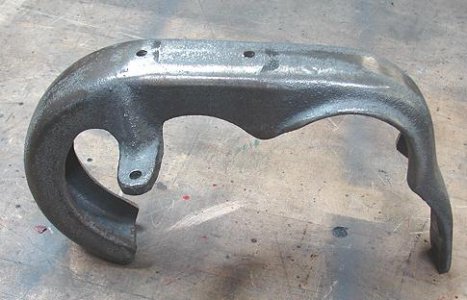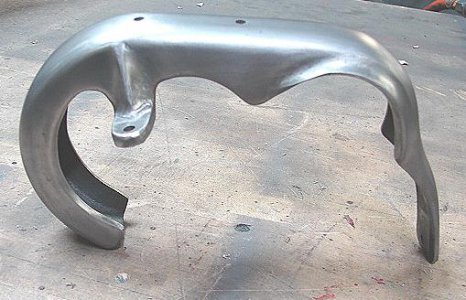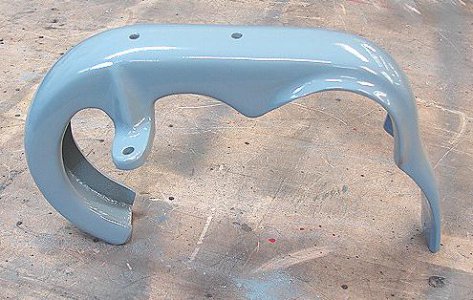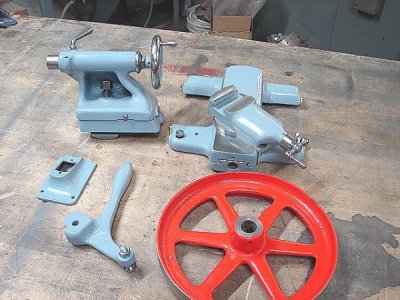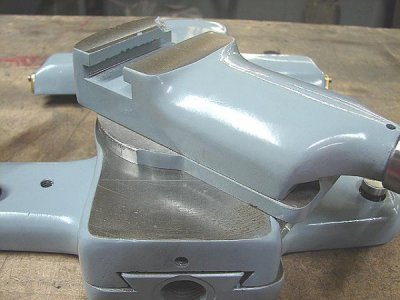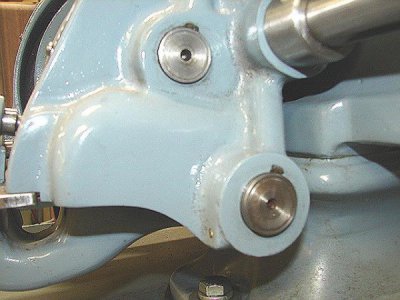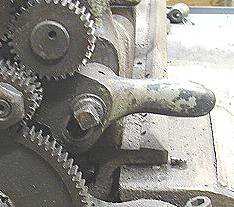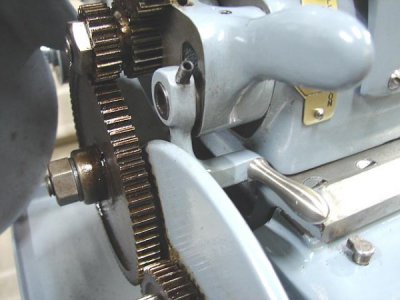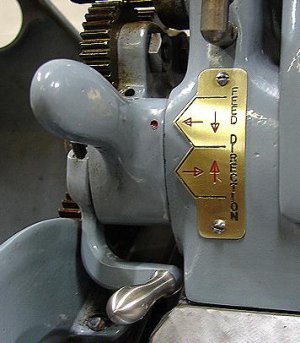- Joined
- Oct 3, 2015
- Messages
- 995
Some of you guys may remember this little crudball I acquired back in April...
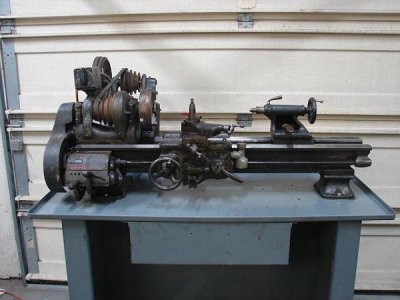
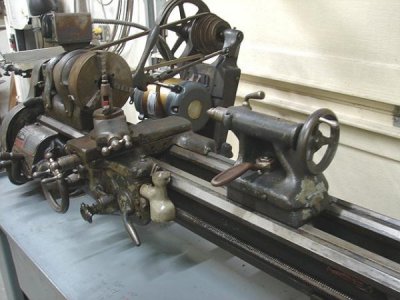
I had just completed the last project, the Seneca Falls #30 resto-mod,(project of the month) when this lathe found it's way to me via a friend of a friend. My friend, who is also a tool salesman, showed me a pic of this on his phone, which came from his friend, the seller, who now is a retired tool room supervisor. He had this in his back building just taking up space and wanted the room for some of his restoration projects.
I told him I would take it, and explained to him what my mission was. With the lack of training facilities and instructors to teach skilled trades these days, my mission is to educate a passionate individual some skills that seems to be disappearing more every day, if I have to do it one student at a time!
I already had a student lined up to not only learn, but to eventually purchase this lathe once we got it up to date. He thought this was a noble plan, and let me have this machine for a very obscene low price.
He also done the research and got the pick card from South Bend. This model was made in 1945. It left South Bend in March of '45 and went to Reynolds Machinery in Cleveland. In April, it went to Neil Machine of Lima, Oh. Neil Machine was a defense contractor that had a Navy contract to build tow targets for aerial gunners to practice on.
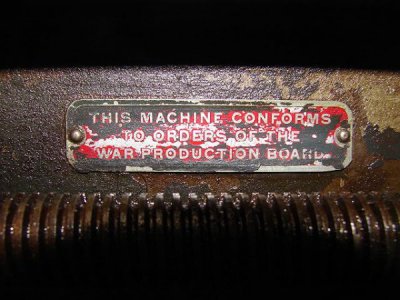
I don't know how long it stayed there, but it changed hands a few times and it was at a local school for awhile, until he purchased it.
Although quite filthy, everything seemed to be there with no missing parts on the lathe itself. But it didn't have much tooling. It has a 6" Union 3 jaw chuck, but with only the large diameter outside jaws. The chuck is actually pretty tight with little wear, but the killer is it only has the one set of jaws. Other than that, it came with a #2 morse dead center and an Armstrong lantern tool post, with one holder and 3 pieces of hss tool bits....almost bare essentials.
When I acquired this, I thought it would make another winter project, but I was wrong.....since this butted right up to the completion of the Seneca Falls project, I couldn't stop.....like Lays potato chips, can't eat just one! So I started in right away. more to come.


I had just completed the last project, the Seneca Falls #30 resto-mod,(project of the month) when this lathe found it's way to me via a friend of a friend. My friend, who is also a tool salesman, showed me a pic of this on his phone, which came from his friend, the seller, who now is a retired tool room supervisor. He had this in his back building just taking up space and wanted the room for some of his restoration projects.
I told him I would take it, and explained to him what my mission was. With the lack of training facilities and instructors to teach skilled trades these days, my mission is to educate a passionate individual some skills that seems to be disappearing more every day, if I have to do it one student at a time!
I already had a student lined up to not only learn, but to eventually purchase this lathe once we got it up to date. He thought this was a noble plan, and let me have this machine for a very obscene low price.
He also done the research and got the pick card from South Bend. This model was made in 1945. It left South Bend in March of '45 and went to Reynolds Machinery in Cleveland. In April, it went to Neil Machine of Lima, Oh. Neil Machine was a defense contractor that had a Navy contract to build tow targets for aerial gunners to practice on.

I don't know how long it stayed there, but it changed hands a few times and it was at a local school for awhile, until he purchased it.
Although quite filthy, everything seemed to be there with no missing parts on the lathe itself. But it didn't have much tooling. It has a 6" Union 3 jaw chuck, but with only the large diameter outside jaws. The chuck is actually pretty tight with little wear, but the killer is it only has the one set of jaws. Other than that, it came with a #2 morse dead center and an Armstrong lantern tool post, with one holder and 3 pieces of hss tool bits....almost bare essentials.
When I acquired this, I thought it would make another winter project, but I was wrong.....since this butted right up to the completion of the Seneca Falls project, I couldn't stop.....like Lays potato chips, can't eat just one! So I started in right away. more to come.

